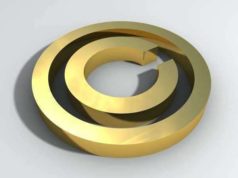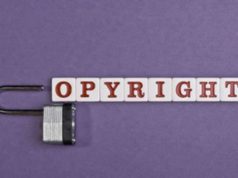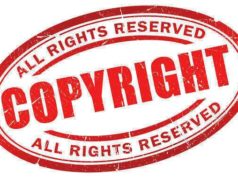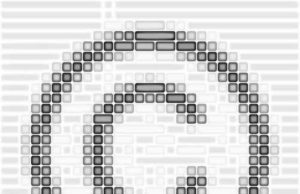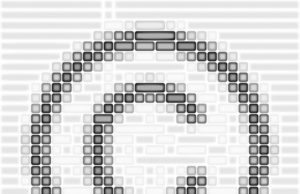
The creator
of an original piece of visual art is entitled to claim the exclusive rights of
ownership of that work and not have their name associated with any piece of
visual art they did not create. Any mutilation or modification that brings down
the value or integrity of a piece of original art will no longer be associated
with the original creator of that piece of visual art. This is to prevent false
attribution from bringing down the honor or reputation of an artist.
Under copyright law, an
artist is free from preventing the intentional mutilation or loss of integrity
to a piece of their art to purposely bring down an artist’s reputation. Intentional
acts of that nature are against the law.
Attribution rights extend only to the author of a piece of
original work. If a work of art has two authors, they are considered co-owners.
Authorship and its exclusive rights extend to both creators. If the copyright is owned by
someone other than the creator, the rights of authorship discussed above still
belong to the original creators.
The
modification of a piece of art can legally take place without attribution given
to the original creator of art if it occurs by means of time passing or the
natural deterioration of the materials takes place. Modifications to repair the
art are not considered mutilations and are not illegal. Usage of lighting that
may slightly change the appearance of a work of art is also not considered to
be mutilating or altering an original work.
Exclusive rights given to creators of art last for
the duration of their lives. If there is more than one creator, the exclusive
rights last until the last remaining creator’s death. There may be no transfer
of rights if an creator chose to do so. However, an creator can make a claim to
waive all of their rights to a piece of art.
To no longer
accept attribution for a piece of art, an instrument must be signed and
information regarding the art must be detailed in the written statement. The
art must be clearly identified and the expression to give up attribution must
be inserted. A work of art that has more than one creator and is given up by
one creator is then given up by all creators.
A waiver of
rights does not allow for a transfer of rights to another person. Even the
transfer of copyright ownership does not grant the new owner any of the
original rights afforded to the original creator. Also, copies of a piece of
art do not grant any exclusive rights ownership to an owner of a copied piece
of art.



